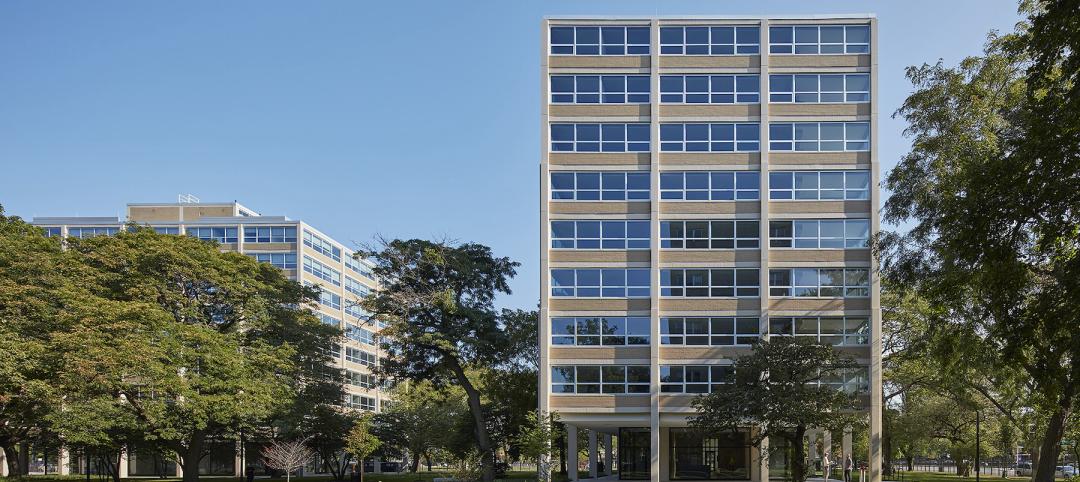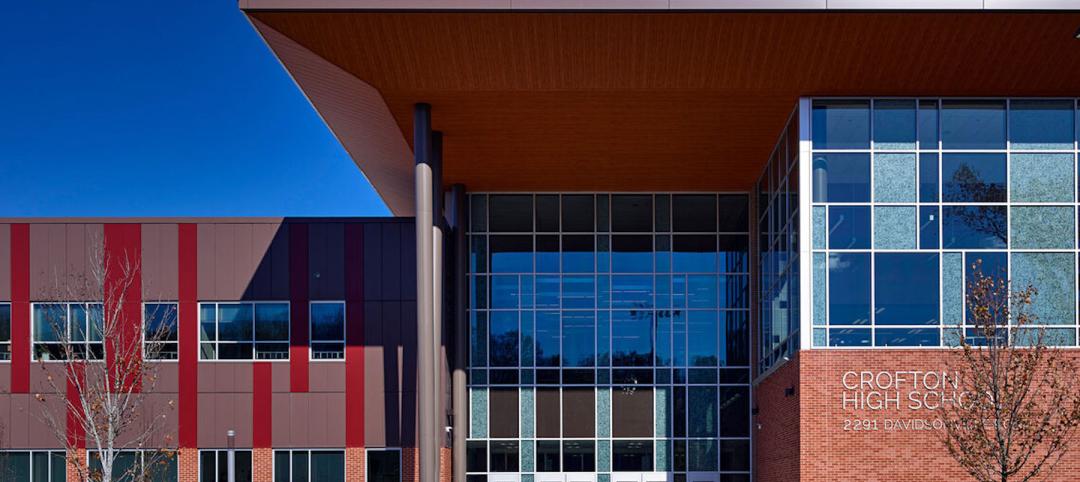Construction employment stalled in June as more former construction workers left the industry, according to an analysis of new federal data released by the Associated General Contractors of America. The lack of current job openings, along with the departure of experienced workers, suggests a potential skilled-labor shortage may be developing, construction association officials warned.
“Employment in the construction industry has fluctuated within a very narrow range—1% above or below the June level of 5.5 million—for more than two years now,” said Ken Simonson, the association’s chief economist. While the latest figure was 14,000 higher than one year earlier, the June 2012 total was just 2,000 higher than in May and in June 2010. “Construction employment has essentially been stagnant for much of the past two years.”
Meanwhile, the unemployment rate for former construction workers fell to 12.8%, the lowest June rate since 2008 and much better than the 15.6% rate in June 2011 or the 20.1% rate in June 2010, Simonson noted. He added that over the past two years nearly 750,000 experienced workers have either found jobs in other industries, returned to school, retired or otherwise left the workforce. “It will be hard for construction firms to get those skilled workers back when demand picks back up.”
There was little difference among construction segments in terms of recent job gains or losses, Simonson noted. Residential construction added 1,700 total jobs in June and 8,900 (0.4%) over 12 months. Nonresidential construction firms lost 600 jobs in June but added 4,300 (0.1%) over 12 months.
Within the residential segment, residential specialty trade contractors added 7,600 jobs for the month and 14,100 (1.0%) over the past year, reflecting ongoing strength in multifamily construction. In contrast, residential builders—mostly single-family homebuilders—lost 5,900 positions in June and 5,200 (-0.9%) over 12 months.
Nonresidential job gains for the year were concentrated among nonresidential building contractors, which lost 1,000 jobs in the latest month but added 4,300 (0.7%) over 12 months. Heavy and civil engineering construction firms shed 2,000 jobs in June and 1,800 (-0.2%) in the past year. Nonresidential specialty trade contractors boosted employment by 2,400 since May but only 1,800 (0.1%) since June 2012.
Association officials noted that one bright spot for the industry was the 27-month highway and transit bill the president is signing into law today. They said the legislation includes many significant reforms that will allow more existing transportation funds to be invested in highway and transit construction projects, as opposed to unrelated programs.
“This measure will certainly help staunch the decline in construction employment among highway and transportation builders,” said Stephen E. Sandherr, the association’s chief executive officer. “Congress understands that investing in infrastructure is one of the best ways to support growth within the private sector.” +
Related Stories
Giants 400 | Aug 19, 2022
2022 Giants 400 Report: Tracking the nation's largest architecture, engineering, and construction firms
Now 46 years running, Building Design+Construction's 2022 Giants 400 Report rankings the largest architecture, engineering, and construction firms in the U.S. This year a record 519 AEC firms participated in BD+C's Giants 400 report. The final report includes more than 130 rankings across 25 building sectors and specialty categories.
| Aug 19, 2022
Cuningham appoints Jacqueline Dompe as new Chief Executive Officer
Cuningham, a national design firm, is thrilled to announce the appointment of Jacqueline Dompe as the firm’s Chief Executive Officer (CEO).
| Aug 19, 2022
Future sea rise could expose 720,000 more people on East Coast to flooding
An analysis by NPR based on modeling from the National Hurricane Center for New York City, Washington, D.C., and Miami-Dade County found future sea rise could expose about 720,000 more people to damaging floods later this century.
| Aug 19, 2022
Manassas Museum renovated to reimagine a civic design & engage the community
Manassas, VA has recently added to its historic Manassas Museum.
Architects | Aug 18, 2022
GSA names Charles Hardy, AIA, CCM, Chief Architect at GSA Public Buildings Service
The U.S. General Services Administration (GSA) has named Charles (Chuck) Hardy as GSA’s next Chief Architect, effective August 14, 2022. A licensed architect, workplace strategist, and certified construction manager, Hardy’s career with GSA spans more than 31 years, beginning in GSA’s Great Lakes Region as an architect and project manager.
| Aug 18, 2022
U.S. Treasury moves to boost affordable housing
The Department of the Treasury recently announced new guidance to “increase the ability of state, local, and tribal governments to use American Rescue Plan (ARP) funds to boost the supply of affordable housing in their communities,” according to a news release.
Daylighting | Aug 18, 2022
Lisa Heschong on 'Thermal and Visual Delight in Architecture'
Lisa Heschong, FIES, discusses her books, "Thermal Delight in Architecture" and "Visual Delight in Architecture," with BD+C's Rob Cassidy.
| Aug 18, 2022
The Illinois Institute of Technology restores three Mies van der Rohe buildings
With Dirk Denison Architects and Gilbane Building Company, the Illinois Institute of Technology has recently completed a $70 million housing project that has restored three Ludwig Mies van der Rohe buildings.
Multifamily Housing | Aug 17, 2022
California strip mall goes multifamily residential
Tiny Tim Plaza started out as a gas station and a dozen or so stores. Now it’s a thriving mixed-use community, minus the gas station.
| Aug 17, 2022
Focusing on building envelope design and commissioning
Building envelope design is constantly evolving as new products and assemblies are developed.

















